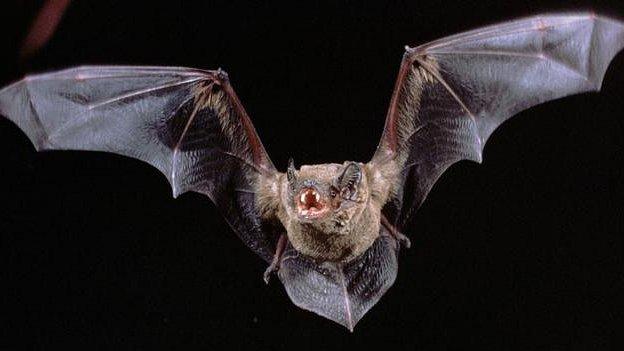Norwich NDR bat bridges 'are not working'
- Published
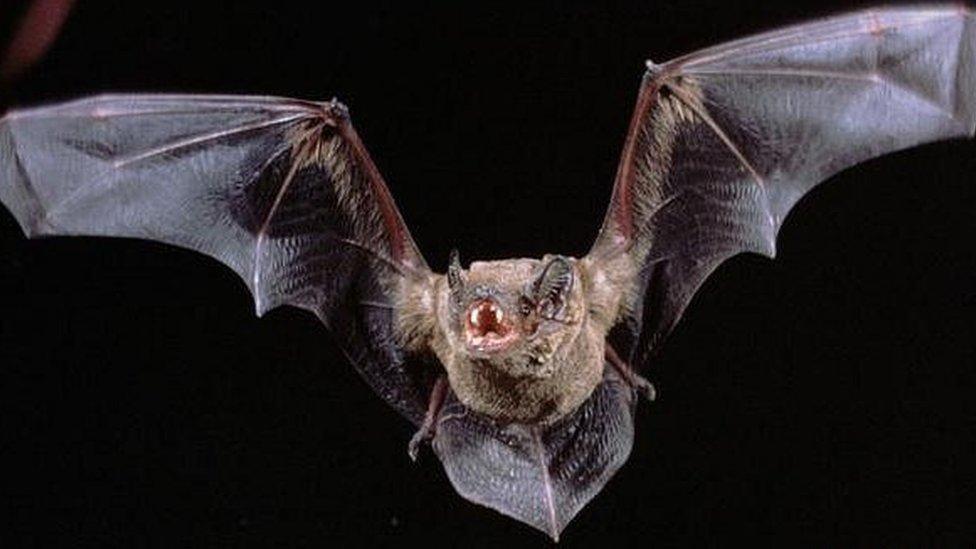
Bats are not using a series of bridges built to protect them from traffic, figures suggest
Controversial bat bridges over a new £205m A-road do not work, putting the animals at risk of being hit by traffic, a BBC investigation has found.
The seven gantries, costing £1m, were built to help bats fly safely over the Norwich Northern Distributor Road.
But data seen by the BBC showed none of the bridges was effective, with ecologists suggesting disturbance from the road may have driven the bats away.
Norfolk County Council said it was still "early days" to gauge success.
The pylon-and-netting structures were built to mimic removed trees and hedgerows, guiding bats using sonar across roads at a safe height to protect them from passing traffic.
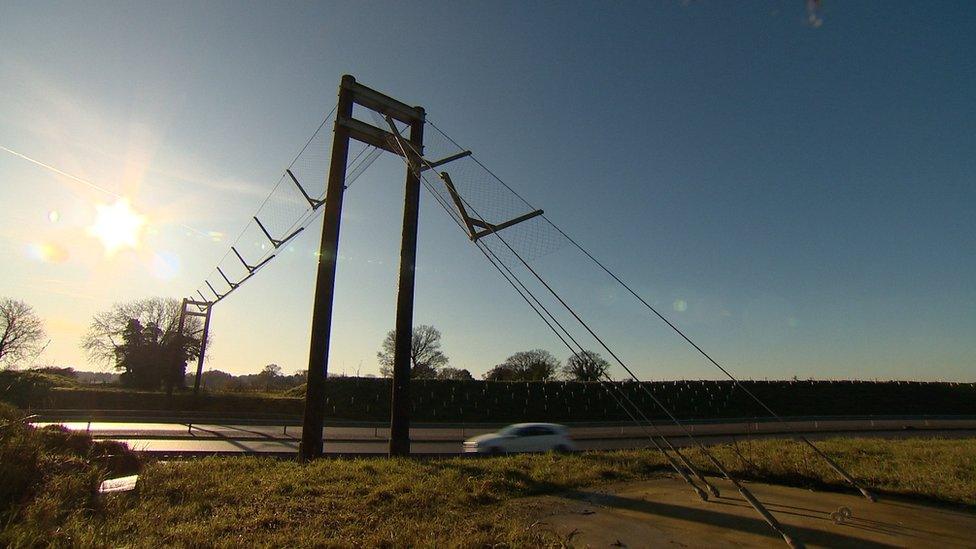
The seven bat bridges over the road were built at a cost of £1m
A report on the first year of the 12-mile (19.5km) road, now known as the Broadland Northway, along with monitoring data later released to BBC Inside Out East, suggested none of the seven bridges was effective.
Surveys in the summer of 2018 showed more than 40% of bats were crossing at unsafe heights - a proportion experts considered unsustainable for local populations.
A briefing from the county council in October maintained there were "positive early signs" and that "bat mitigation measures are proving effective".
But just 49% of bats were flying close enough to the bridges to be considered to be using them.
National guidance said at least 90% of bats should be flying at a safe height within five metres (16ft) of the structure, and population numbers should be similar to those observed before construction.
'Really worrying'
Ecologists have raised concerns at the "worryingly low numbers" of bats seen on monitored flight routes along the road since it opened.
A radio-tracking survey of one of the UK's rarest species - the barbastelle - conducted months after the opening of the NDR, could only locate one of the three previously healthy populations on the route.

Dr Anna Berthinussen, a bat ecologist commissioned by the Department for Environment, Food and Rural Affairs (Defra) to examine such measures on new roads, said it was likely the council's attempts to mitigate the impact had failed.
"The evidence in the report suggests that actually no, these structures are not effective, they're not meeting their purpose," she said.
"I think it's quite striking how few bats there are at any of the crossing points.
"At one of the bat gantries there weren't any bats recorded at all. At the others, just a handful of bats per survey, which is really worrying.
"The lack of bats at the crossing points is almost certainly down to the impact of the road. Bats may be avoiding crossing the road or disturbance caused by the road may have driven bats away from the area," said Dr Berthinussen.
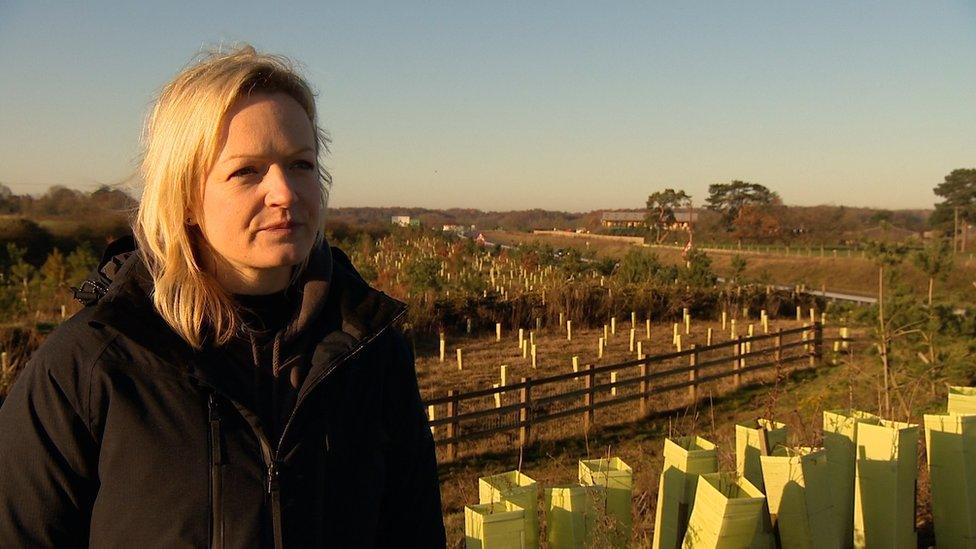
Ecologist Dr Anna Berthinussen suggested the road may have forced the bats to new locations
The "One Year After" report issued by the county council in October did not include full monitoring data but a press briefing note in the same month emphasised the positive impact.
It did not mention none of the bridges could be considered effective by national guidelines, nor that 40% of bats were at risk of being hit by traffic.
Martin Wilby, council member for road and infrastructure, denied the bridges had failed.
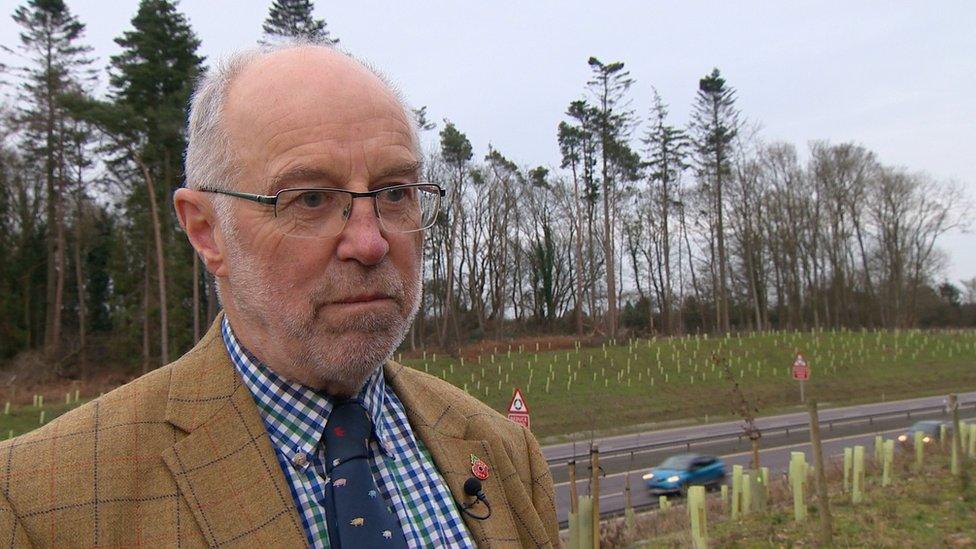
Martin Wilby said it was "early days" in assessing the effectiveness of the bat bridges
"I've seen the report. And I've seen that numbers of the bats have been using the bridges across the NDR," he said.
"We should monitor them and if they don't work over a period of time, fine, we'll accept that - but at this present time it's very early days."
The report also found just 13 bats crossed a £1.2m "green bridge" during the surveys and no bats could use a £315,000 bat underpass because it was almost entirely flooded.
Watch the full story on BBC Inside Out East at 19:30 GMT on BBC One on Monday 27 January, and afterwards on BBC iPlayer.
- Published17 April 2018

- Published22 October 2015
